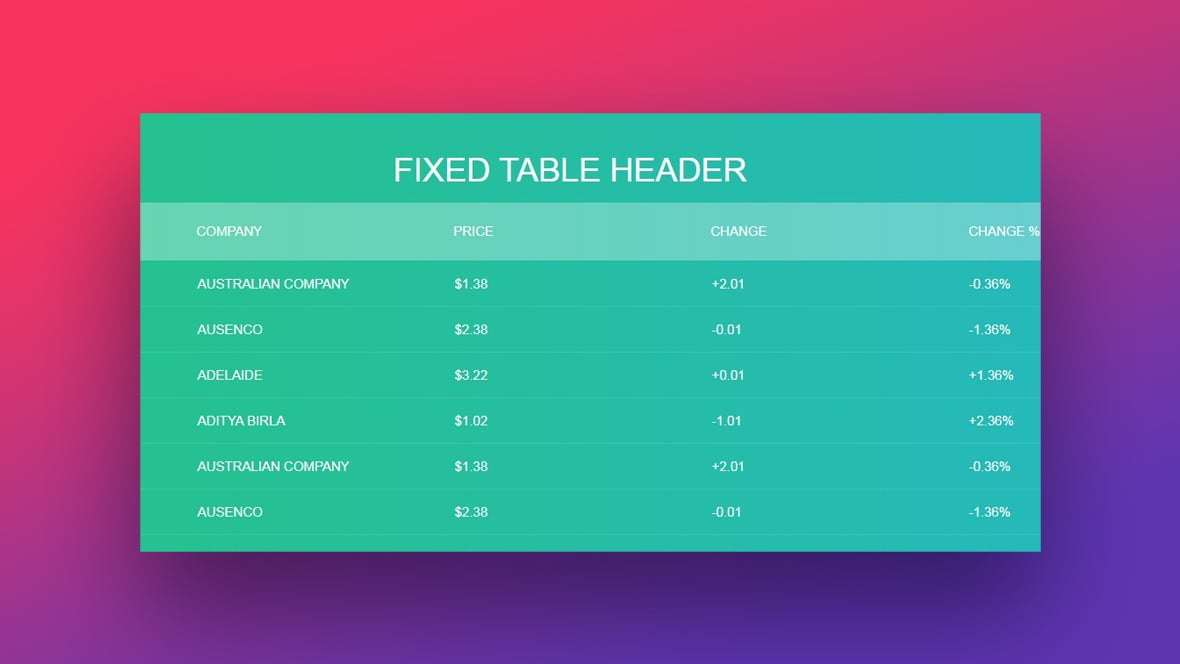


CSS Vertical Alignment Using Vertical Padding The only problem is that the transform property is not supported in IE8 and earlier versions. It’s a simple, quick and efficient technique. This is what I’ve used to make WebDevBlog’s post title and meta vertically centered. The transform property on line 13 is used to compensate the extra space created by both top and left.This alone won’t center the content vertically. vertical-align p) uses a top: 50% to display the paragraph at 50% of the parent element’s top. Also, note the use of position: relative, which is used to prevent display problems of the child element, which has a position: absolute defined. This can be changed to fit your site’s needs. vertical-align class defines a fixed 200px height. Let’s have a look at the properties used to make it work (You can check out the demo if you want to see this technique in action): Here’s the related CSS code, that will make our paragraph vertically (and horizontally) centered:

To make it work, we need two containers in our HTML: The following examples use a div as a parent, and a paragraph containing the text I want to vertically align: This is an interesting technique, as it allows you to easily center vertically any HTML element: Paragraphs, images, etc. CSS Vertical Align Using The Transform Property Unfortunately, CSS Flexbox isn’t supported by IE9 and earlier versions. This technique is very reliable and works well in a responsive web design context.
Css display table cell margin right code#
Here is the CSS code for vertically centering the text: For the HTML part, we only need a simple container, so let’s consider the following: Introduced with the CSS3 specification, the display: flex property/value makes it easier to design flexible responsive layout structures without using floats or positioning.Īlong with display:flex, you can easily align anything from table cells to inline elements with the align-items, align-self, and justify-content properties.Ĭlick here to view the demo for this technique.

This article demonstrates various CSS vertical alignment techniques: Using a Flexbox, using positioning + transform, using vertical padding, and using line-height. Nowadays, vertically centering text or any element using CSS is a simple task. Unlike horizontal alignments, which can be achieved easily using the text-align property, vertical alignments are often much more tricky to put into action.


 0 kommentar(er)
0 kommentar(er)
